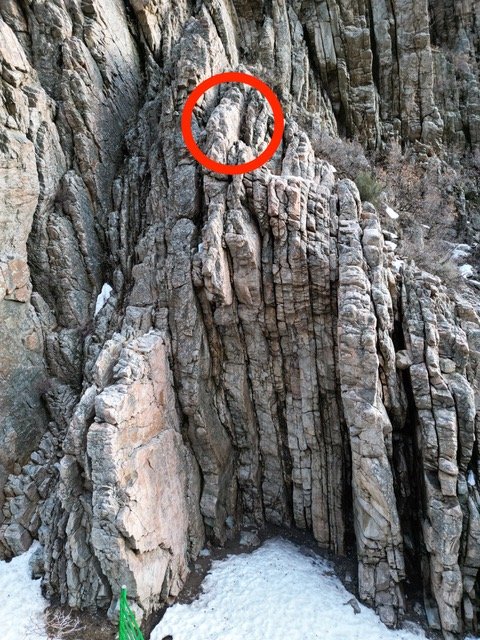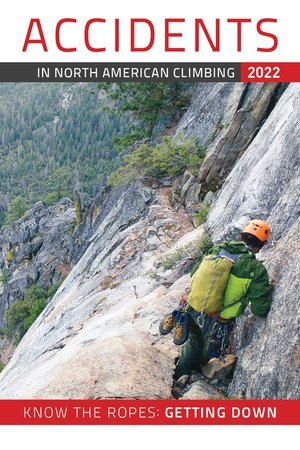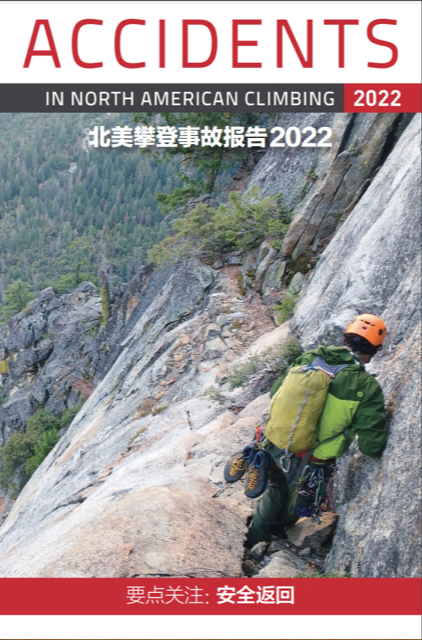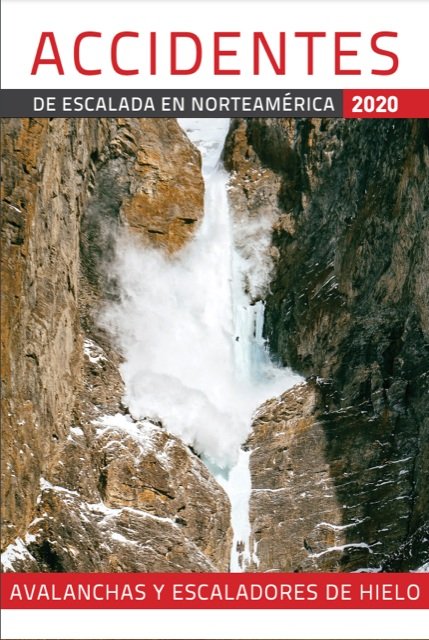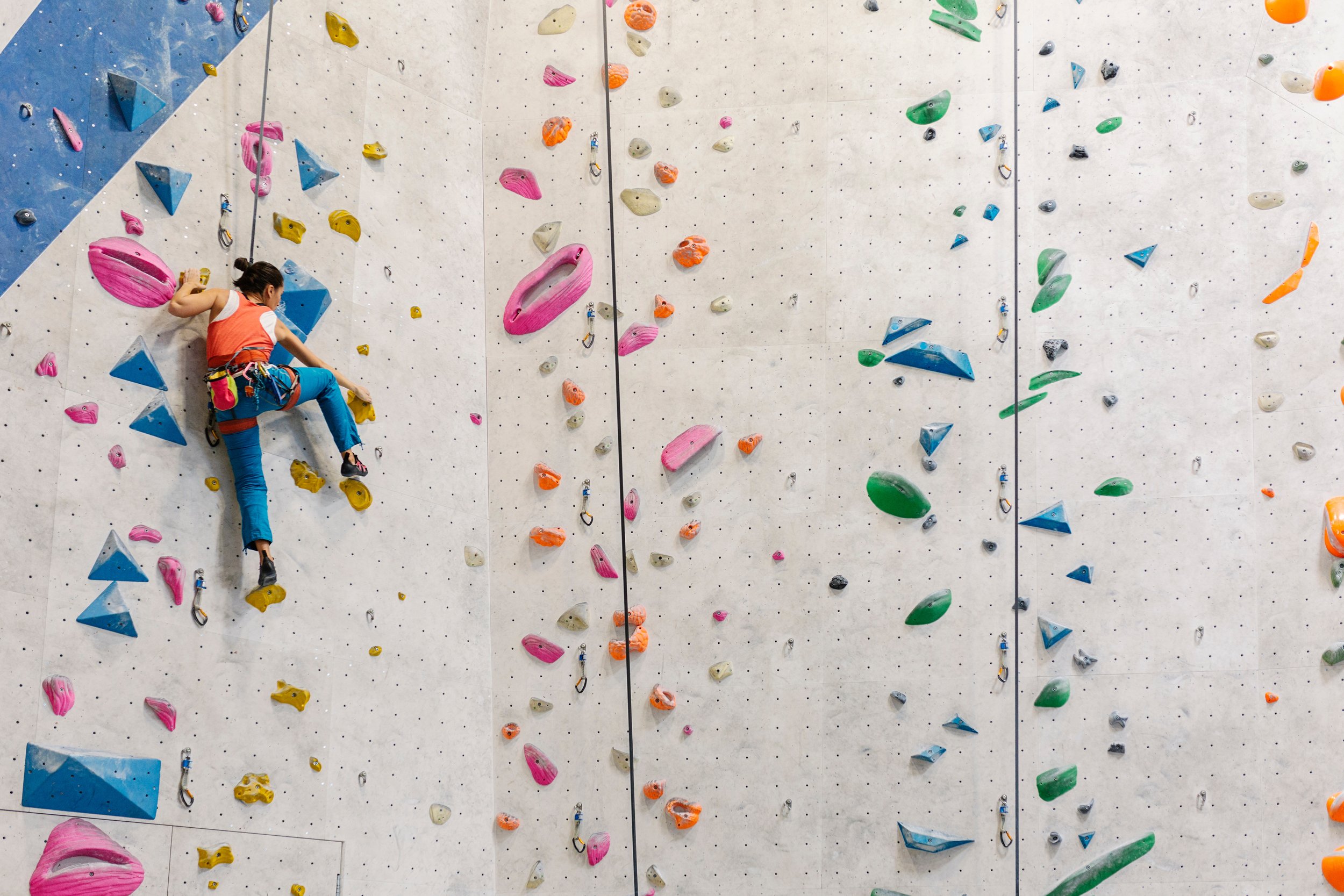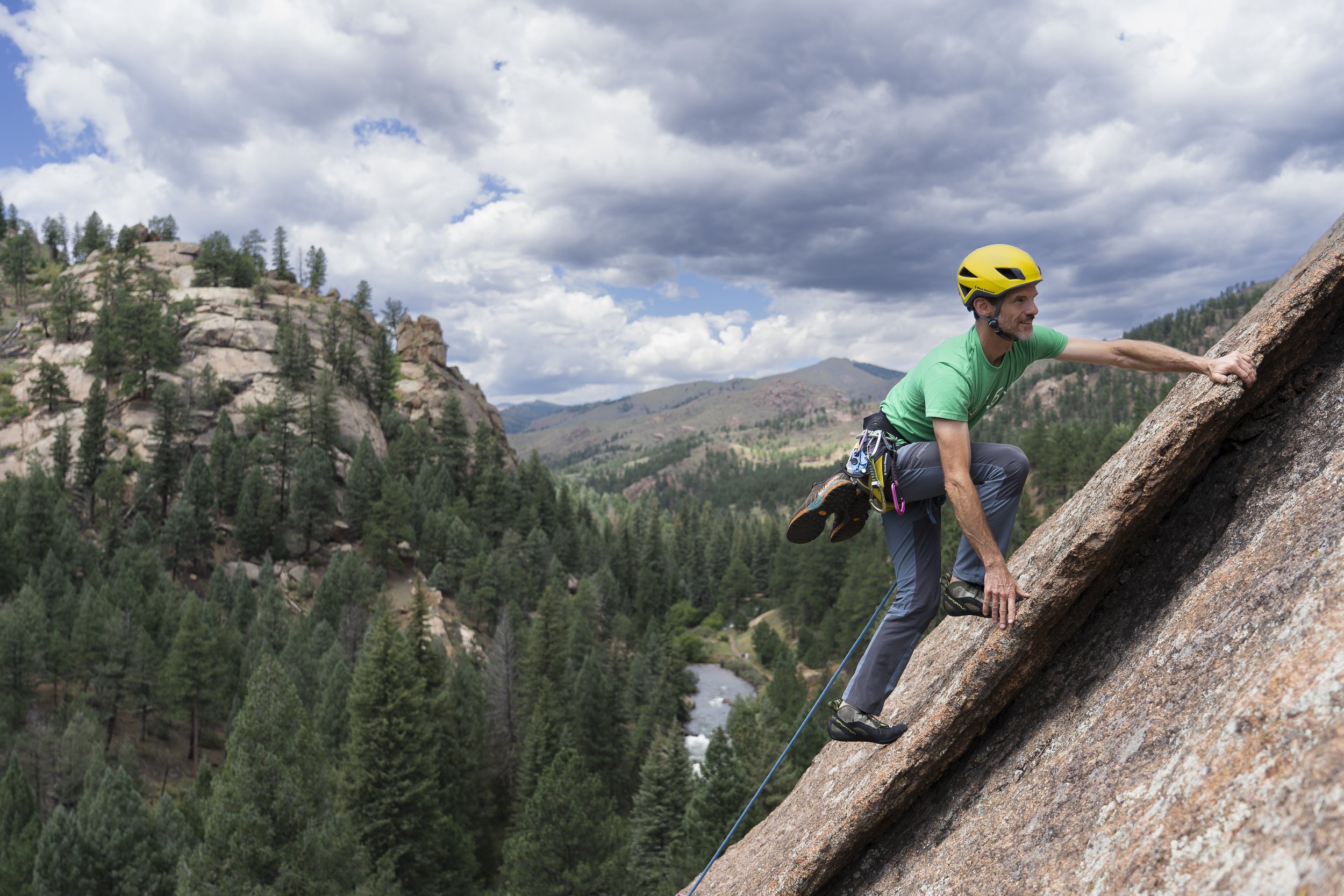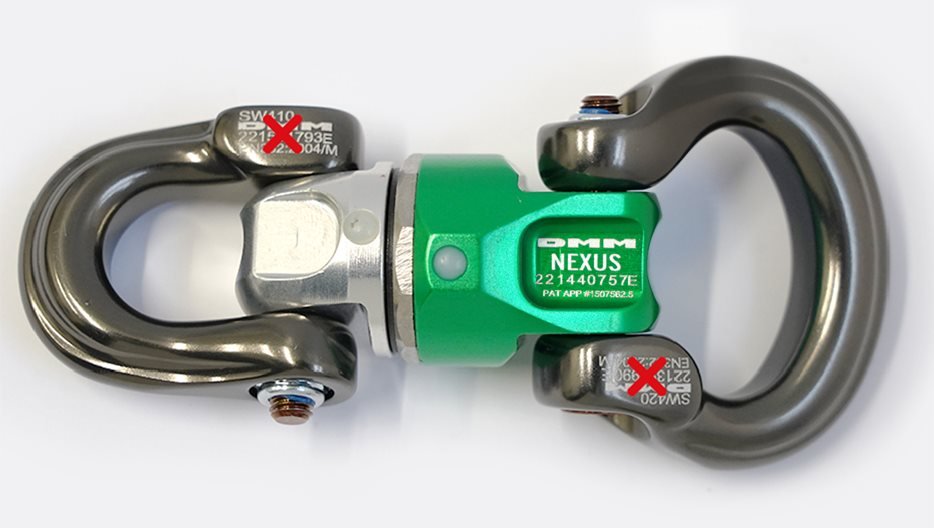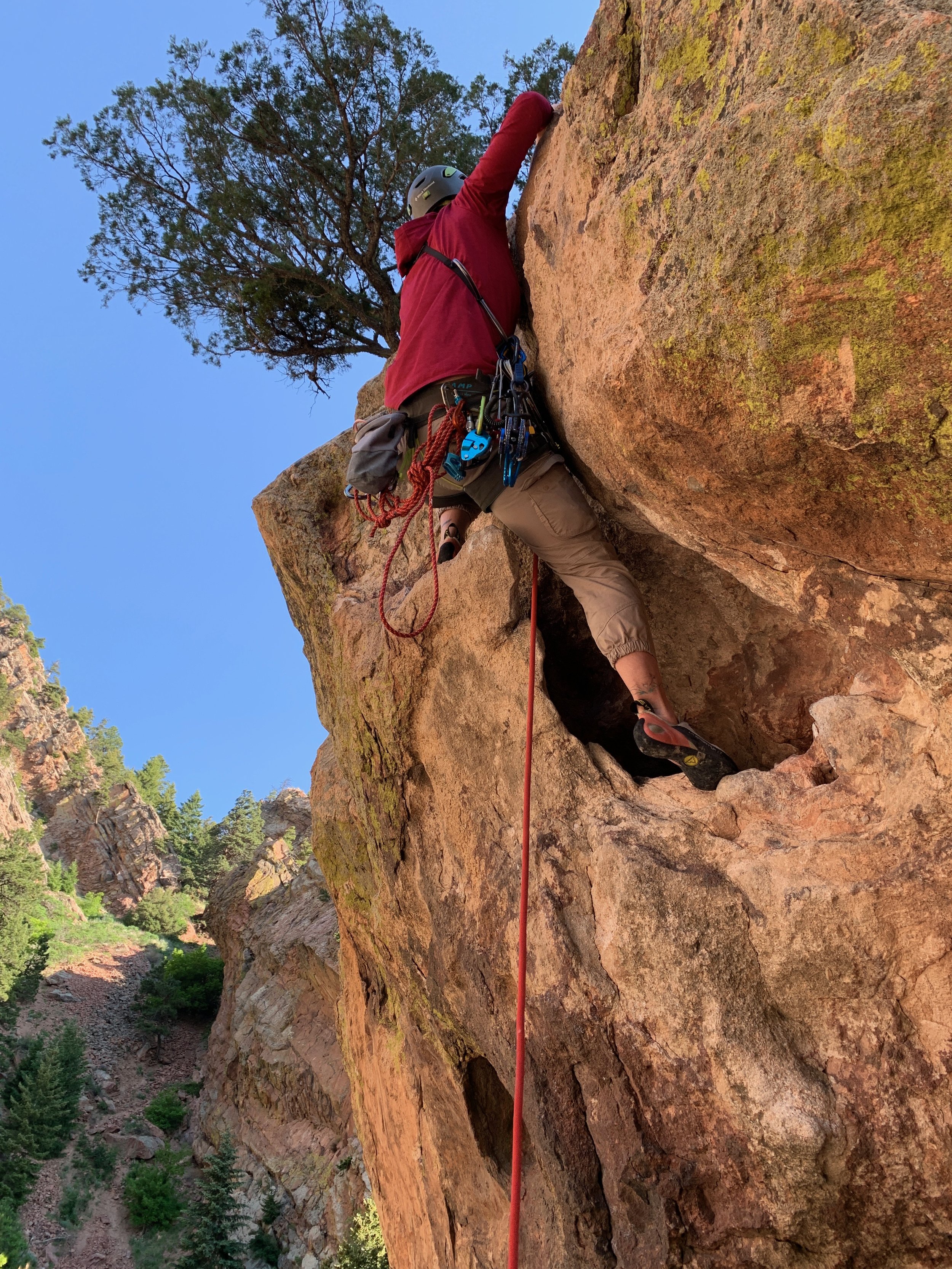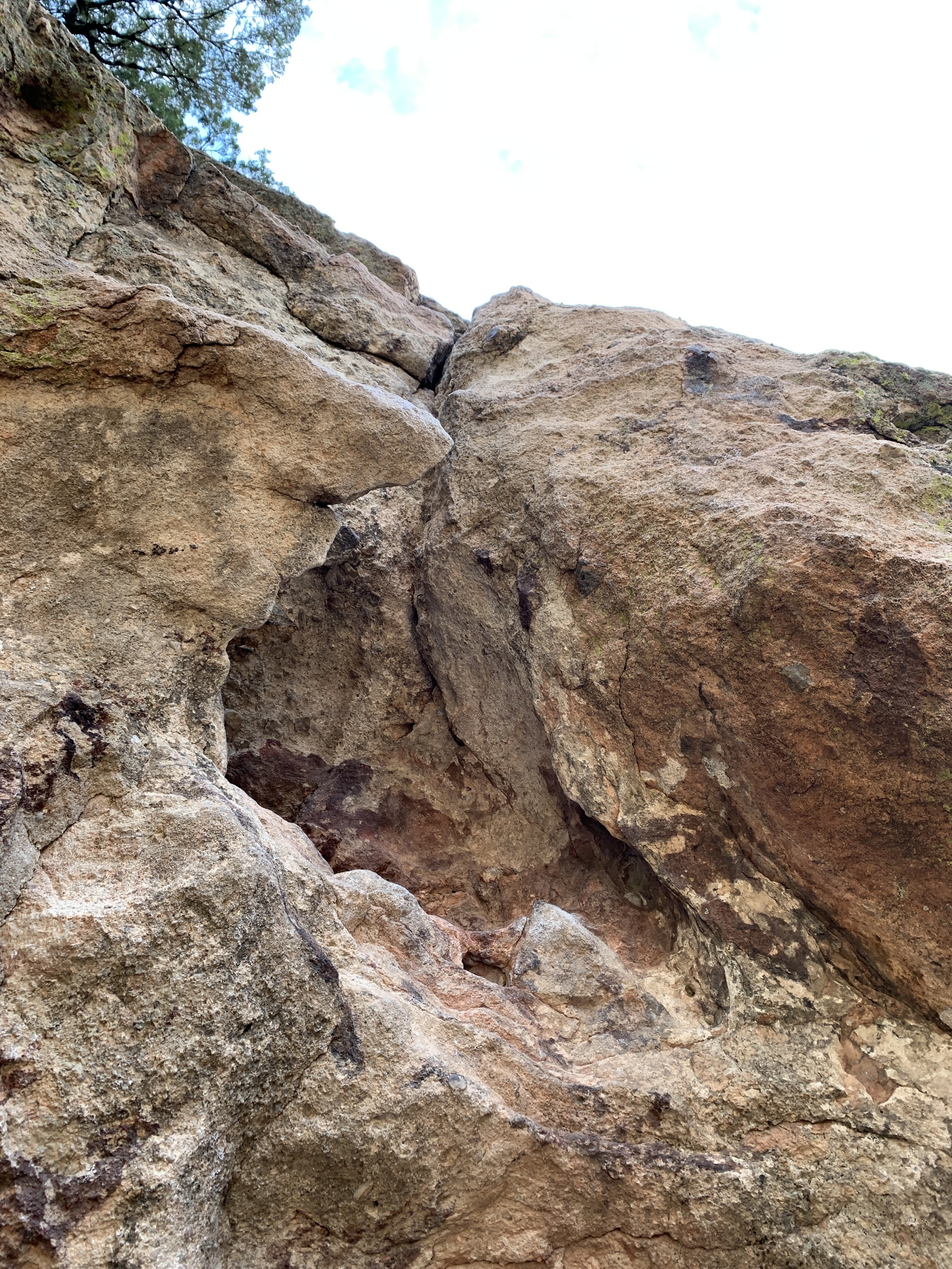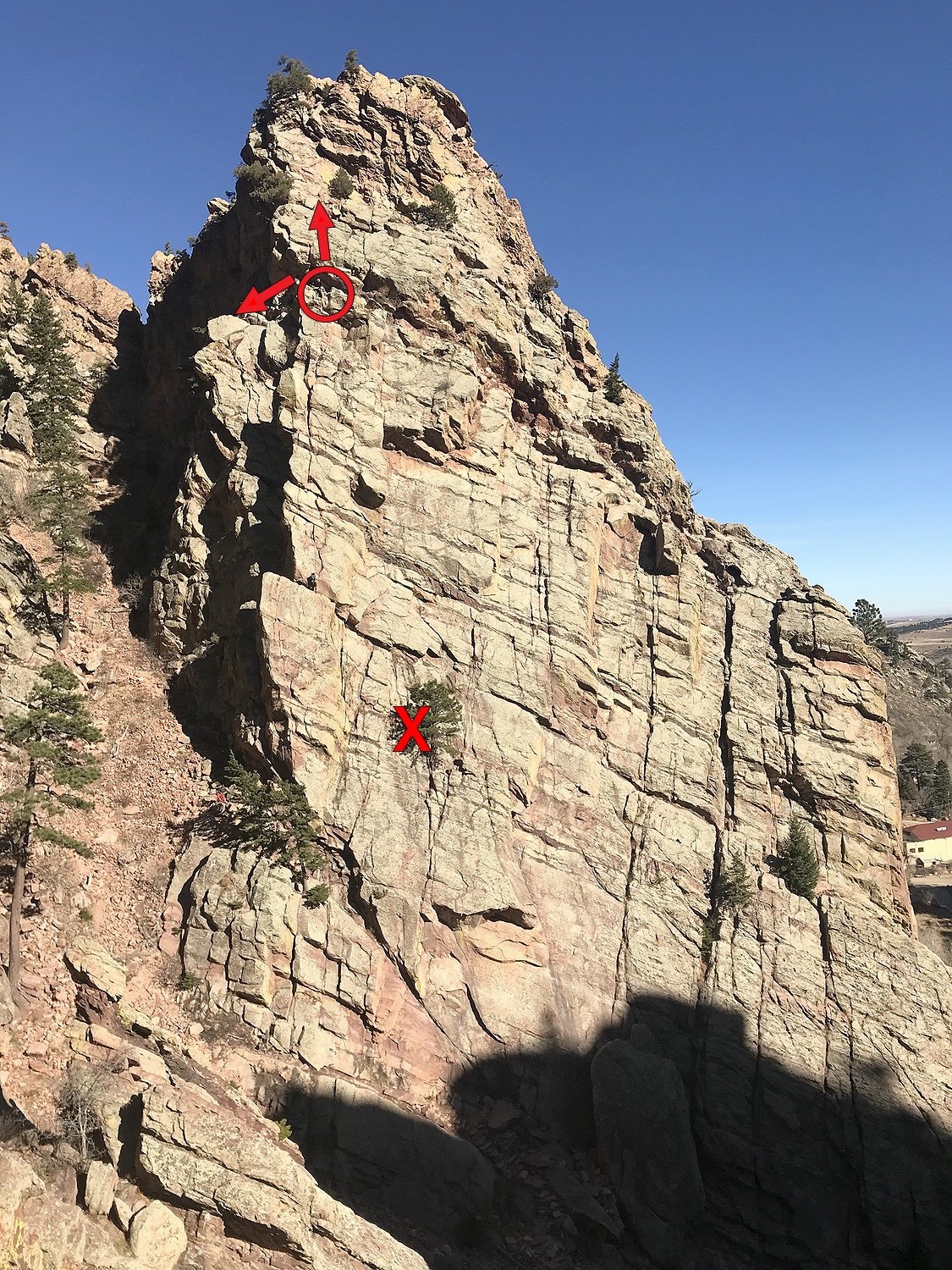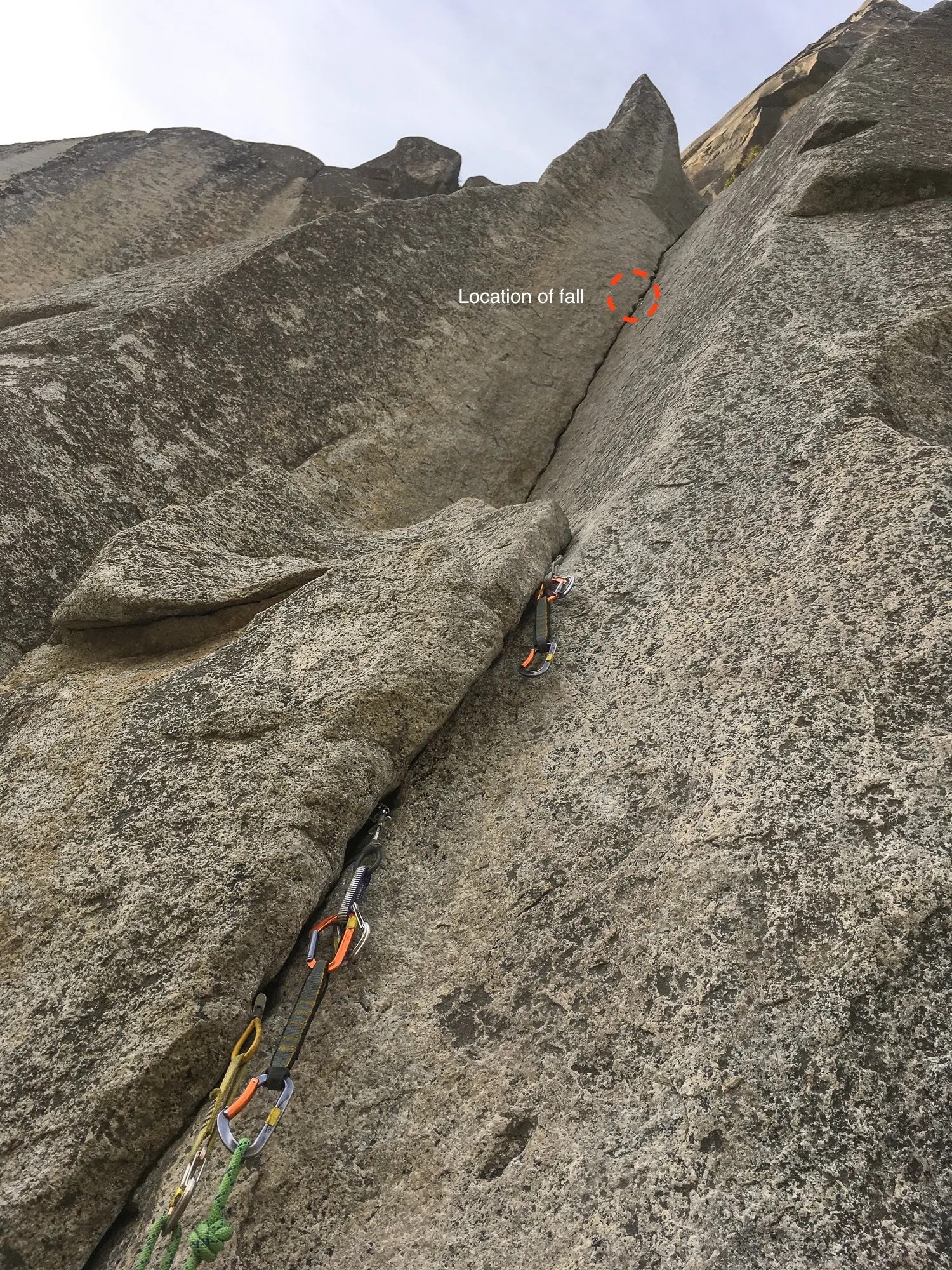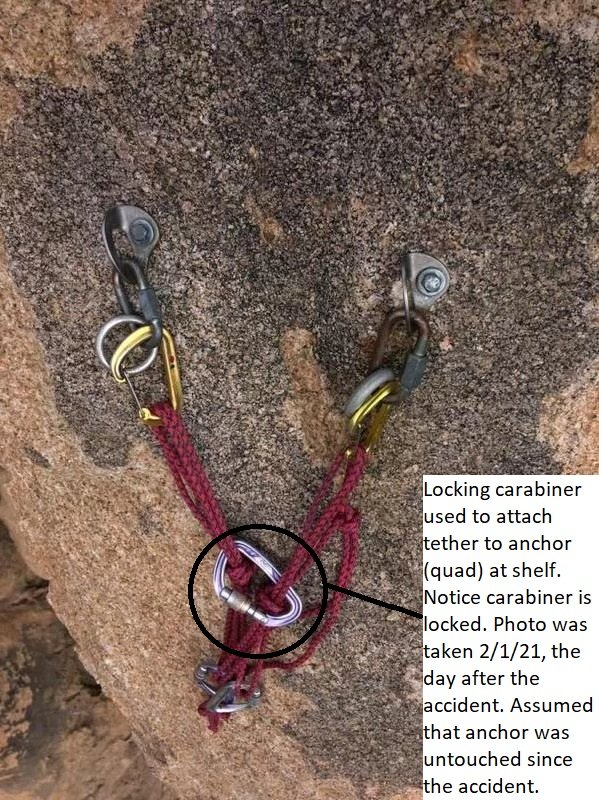John McCown rappelling for a August 1942 photo shoot for Life Magazine. This image appeared in the Nov. 9, 1942 issue. Photos courtesy Private Collection of McCown Family.
On June 21st, 2023, the history of the US Army’s 10th Mountain Division and the legacy of the American Alpine Club will collide when the Division renames its Light Fighter School in honor of AAC member First Lieutenant John Andrew McCown II.
The memorialization will recognize McCown’s service to his country in WWII. Not only did McCown instruct 10th Mountain Division troops in mountaineering and climbing tactics. He played a pivotal role in the unit’s signature action: a nighttime assault of Italy’s Riva Ridge that helped break Hitler’s Gothic Line and end the war in Europe.
In honor of his impact, the 10th Mountain Division’s Light Fighter School will now be known as the 1LT John Andrew McCown II Light Fighter School building.
***
Climber, former American Alpine Journal editor, and Alpinist co-founder Christian Beckwith was writing a history of Teton mountaineering when he discovered that Teton climbers of the 1930s played an integral role in the development of the 10th Mountain Division. As he continued his research in the AAC Library and Denver Public Library archives, he found that the unit known widely as “America’s ski troops” owe much of their inception and development to American climbers in general and the AAC in particular.
As he dug deeper, Beckwith discovered an incontrovertible link between the modern era of recreation in America—particularly the modern era of climbing—and the skills, equipment, and tactics that some of the best and the brightest mountaineers brought to the 10th Mountain Division. He also uncovered a deep connection between the AAC and the 10th Mountain Division—especially how the AAC helped develop the gear, tactics, and clothing the 10th Mountain Division would use in action—and that, as Army surplus after the war, would help fuel the birth of the outdoor recreation industry.
John Andrew McCown II in the Tetons in 1939. Photos courtesy Private Collection of McCown Family.
Recently, Beckwith began a book and podcast called Ninety-Pound Rucksack that tells the true story of John McCown, the 10th Mountain Division and the dawn of outdoor recreation in America, all from the perspective of climbers. He also began serving as an advisor to the current 10th Mountain Division, helping them reconnect with their historic mission.
Following a keynote presentation on the Division’s base in February, he proposed recognizing the service of John McCown with a memorialization. Next month, the 10th Mountain Division will proceed by renaming its Light Fighter School in McCown’s honor.
At the same time, the Division will recognize Beckwith’s contributions by inducting him into its Mountain Warrior Legends Hall of Fame.
Below, you can read a bit about McCown’s story and the impact he had on the 10th’s actions in Italy.
***
Christian Beckwith summarizes McCown’s story as follows:
“A Wharton School graduate who dropped out of the University of Virginia School of Law after Pearl Harbor to enlist in the Division, McCown’s mountaineering skills, devilish sense of humor and contempt for Army red tape endeared him to officers and soldiers alike as he rose through the ranks. At both Camp Hale and as lead instructor at West Virginia’s Seneca Assault Climbing School, he trained thousands of soldiers in the dark art of alpine warfare—skills he put to use in breaking the Gothic Line, a series of German-held ridges and summits in Italy’s Apennine Mountains.
John Andrew McCown II, in the Tetons in 1939. Photos courtesy Private Collection of McCown Family.
Key to doing so was Riva Ridge, an escarpment so precipitous the Germans barely defended it—they considered it impossible for a company of soldiers to climb. They hadn’t bargained for the profanity-laced tenacity of the bow-legged McCown, who reconnoitered the hardest route to its summit, then led his C Company up the route under cover of darkness in the dead of winter to take the ridge without a casualty. It was a magnificent action, one that marked the beginning of the end of Germany’s occupation of Italy—but McCown never got to enjoy the victory. He was riddled by machine gun fire while foiling a counter attack the next day.
“It is a profound honor to illuminate McCown’s sacrifice and service,” says Beckwith, “and to contribute, in however small a way, to the country he died to defend.”
McCown’s obituary in the 1946 AAJ highlights the climbing background that contributed to the 10th Mountain Division success:
“John McCown was elected to the American Alpine Club in 1940, on the basis of four seasons of climbing, much of it in the Teton area, including four ascents of Grand Teton by various routes. In 1941 he visited the Coast Range of B. C., back-packing through the Homathko Valley to Scimitar Glacier. Had he emerged from the war, his qualities of leadership would undoubtedly have secured him a notable position in expeditionary mountaineering.”
***
McCown is the central protagonist of “Ninety-Pound Rucksack.” Dive into all the details of the 10th Mountain Division—and their untold climbing history—with Beckwith’s podcast.
Looking for a brief overview of the historic connection between the 10th Mountain Division and climbing? Check out this interview with Christian Beckwith on the AAC Podcast!
We would like to extend a special thank you to Christian Beckwith and the AAC Library for their extensive research and resources that led to this historic memorialization.





